I am trying to measure the voltage on an LED in an open circuit (awfully shown below) using an arduino, however the voltages are too high for its inputs.
I have tried:
- Using a voltage divider (~10K total resistance), however current flows and the LED lights up (which I do not want)
- Bumping up the total resistance of the divider to ~10M, the LED glows extremely dimly (which is fine), but now the arduino doesn't read the voltage correctly (due to noise or something?)
So now, I have decided to use some Zener diodes to drop the voltage before connecting with the arduino, is this (theoretically) going to work? Or is there some simpler/smarter way around this?
Also stumbled on this: Measure voltage with no current, but it seems a bit more complicated than using the diodes.
Any input is greatly appreciated.
Many thanks
Update: Thanks everyone for all the help, ended up using the pull-up as it was the simplest



